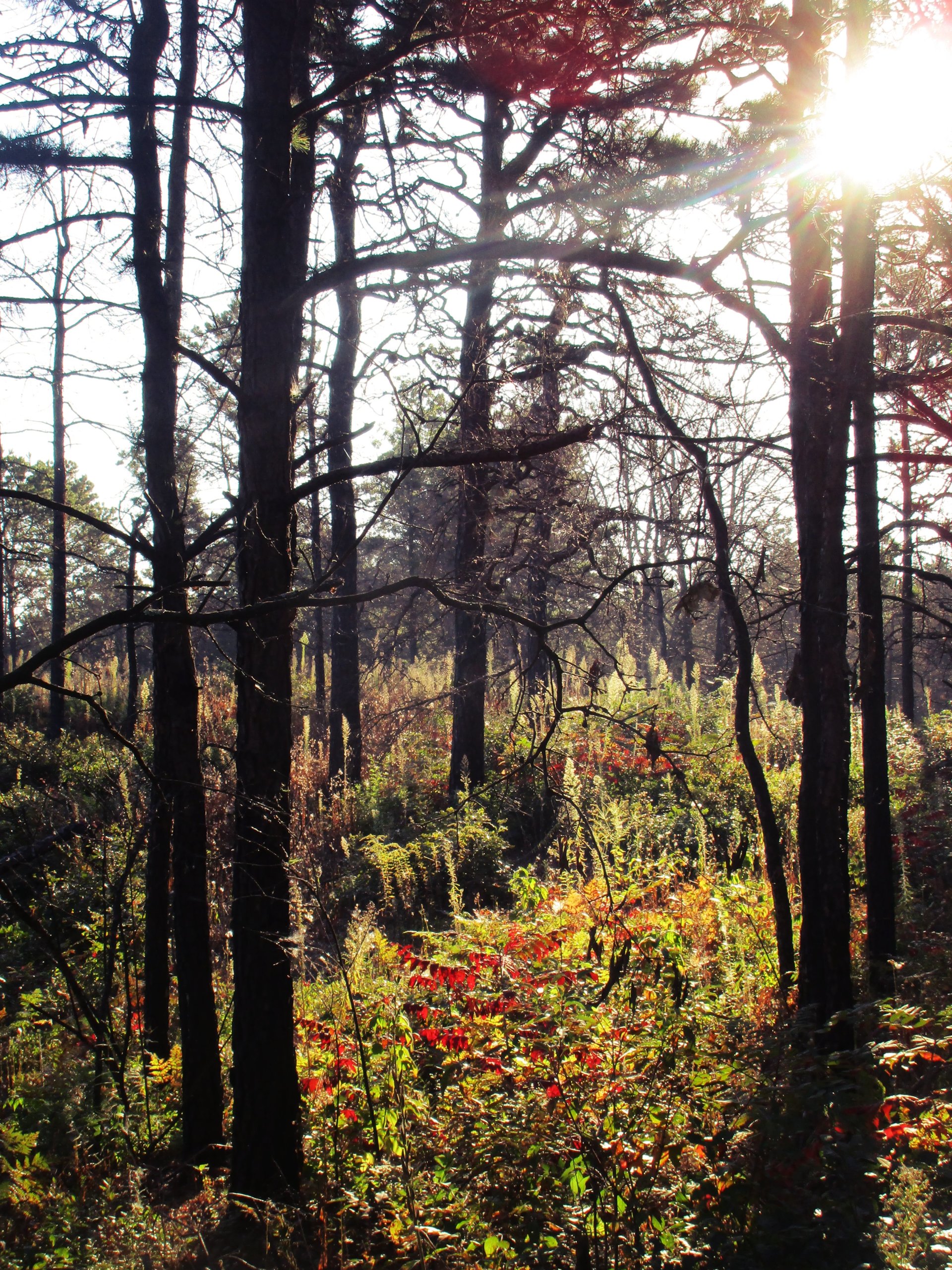The Pine Bush Getting Help from Seventh Graders
The Pine Bush Getting Help from Seventh Graders
June/July 1995
The Albany Pine Bush is getting help from seventh graders from Farnsworth Middle School in Guilderland, to save the Blue Lupine so the Karner Blue Butterfly can have food.
by Scott Mason, School Reporter
ALBANY-In the Albany Pine Bush Preserve, local seventh graders from Farnsworth Middle School in Guilderland have hopes to save a rare plant called the Blue Lupine. They want to save the plant because it is food for a rare butterfly called the Karner Blue Butterfly. The Karner Blue Butterfly likes to feed on this plant, so what the seventh graders did was build four very large enclosures for the plant called the Blue Lupine. These enclosures are supposed to help the rare plant grow by keeping it from being walked on and to made sure that it has the most sunlight that it can get. The Blue Lupine can’t live without it, it will die. The enclosures are also supposed to keep animals out. Mr. Alan Fiero, the student’s science teacher, planned this by talking to the Pine Bush staff and they did all the planning. The students will also return to the Pine Bush in May to check on the enclosures.
People can also help the Pine bush by being volunteer workers. It you would like to be one, call the Pine Bush staff.
The Pine Bush
by Jessica Miller
As unique as it is, the Pine Bush, a sandy, swampy and arid ecological treasure worthy of protection, is still being developed. As a 7th grader I think that some developers who build in the Pine Bush are acting in their own self-interest and are being single minded. They know that this land area is endangered and they are destroying it anyway, even when people and environmental groups are trying to stop them. They develop for money. I don’t blame them but couldn’t they find somewhere else to develop?
In January, 1995, I conducted a survey on Siver Road based on the Pine Bush. I thought it was important to conduct this survey because I wanted to know how much the Siver Road residents know about the area in which they live. I asked the residents to rate how much they know about the Pine Bush on a scale from 1 (know nothing) to 5 (know a great deal). Here are the results: 1/18%, 2/9%, 3/21.3%, 4/27.3%, and 5/24.3%. I was very surprised to find out that more than 25% of the residents surveyed did not know about controlled burns. Another question I asked people was: "Are you for or against development of the Pine Bush?" 87.5% of the residents I surveyed were against more development and 12.5% were in favor of it. Residents’ feelings varied whey I asked them the question: "What has changed in the Pine Bush?" Many residents thought that the sand dunes were disappearing because of development. They also thought that the number of plants and animals were decreasing as well. No one thought that positive ecological changes were happening in the Pine Bush.
Once the Pine Bush was 25,000* acres but because of man’s development it has shrunk to 3,000* acres. It if gets any smaller it will not be able to survive. There are only seven other ecosystems in the world like the Pine Bush. The Pine Bush has been declared a federally and globally rare ecosystem. This is why it is so important to preserve it. Thinking about taking care of and preserving the Pine Bush is one thing, but actually doing it is another matter.
* Recent research by members of Save the Pine Bush indicate that the original size of the Pine Bush was 58,000 acres and that there are currently almost 6,000 acres remaining undeveloped. There are about 1400 fire-manageable acres in preserve, with a total currently preserved being 2000.

